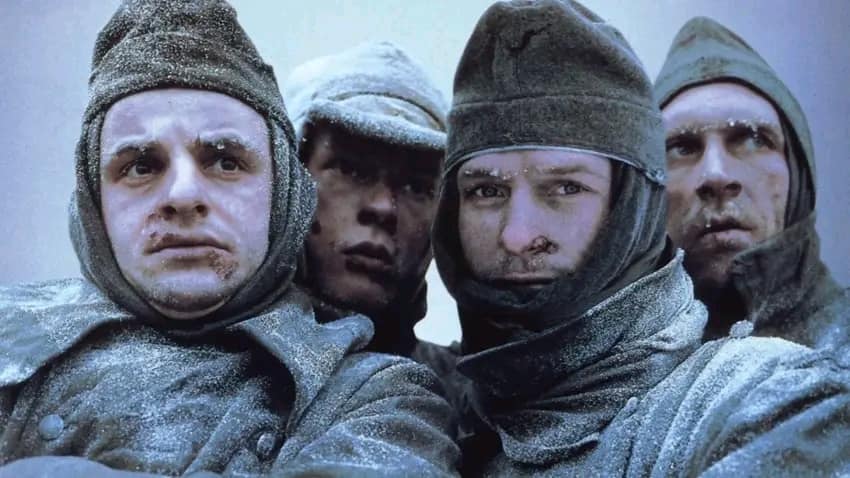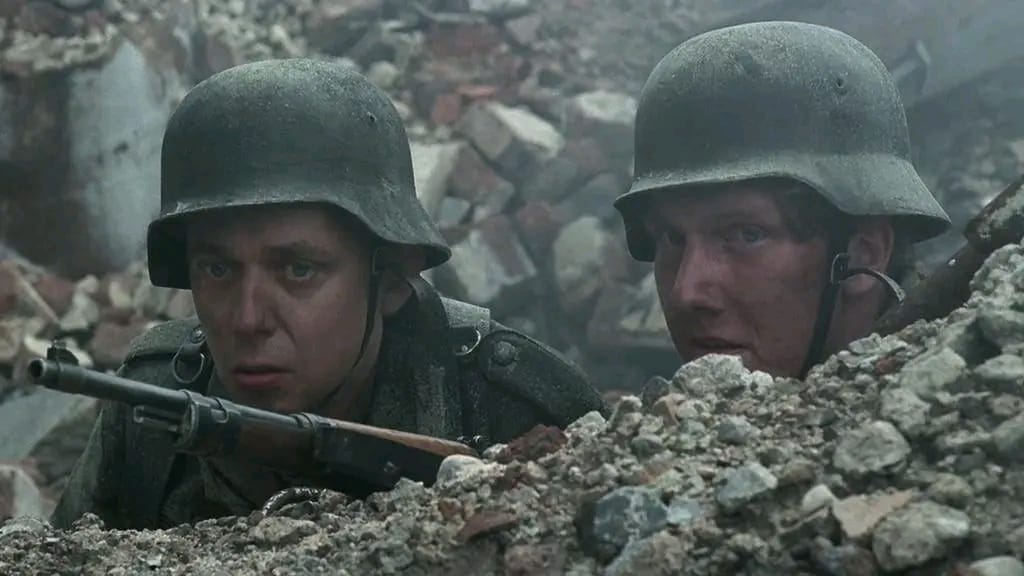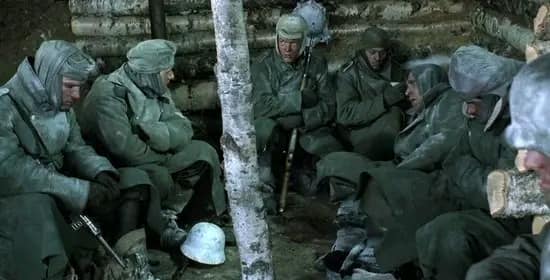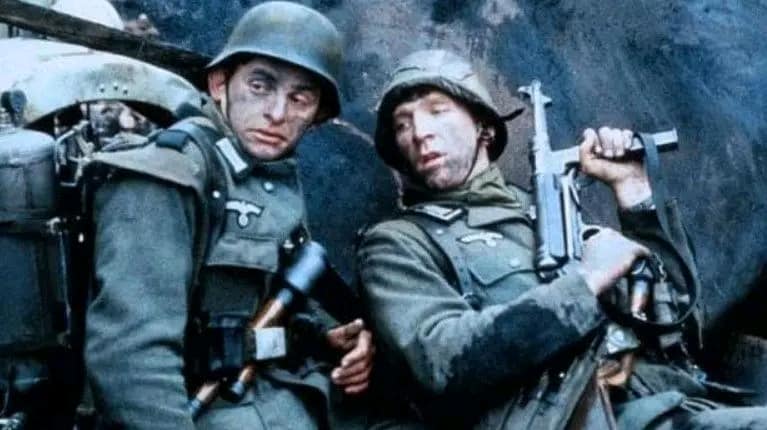Stalingrad (1993): A Gripping War Drama by Joseph Vilsmaier

“Stalingrad,” directed by German filmmaker Joseph Vilsmaier, is a poignant war film released in 1993. Drawing comparisons to American films about the Vietnam War, such as Oliver Stone’s “Platoon” and Stanley Kubrick’s “Full Metal Jacket,” “Stalingrad” presents a harrowing and humanizing portrayal of World War II. The film focuses on a group of German soldiers trapped in the brutal and unforgiving Battle of Stalingrad, showcasing the futility and horror of war.
Setting and Characters
The film begins in the sunny landscapes of Italy, introducing us to Lieutenant Hans von Witzland and Sergeant Manfred “Rollo” Rohleder. Von Witzland, a young man from an aristocratic Prussian family, initially appears to be a strict Nazi officer. He shows disdain for Rohleder when the latter refuses to adhere to dress codes during an inspection, reflecting a rigid adherence to military protocol.
However, as the story progresses and the soldiers find themselves in the frozen hellscape along the Volga River, von Witzland’s true nature is revealed. His strict Prussian militarism masks a deep-seated hatred for Nazi ideology. He vehemently opposes the abuse of Russian prisoners, showcasing his conservative values that clash with the Nazi regime.
Sergeant Manfred “Rollo” Rohleder, a veteran of the Africa Corps, and Corporal Fritz Reiser are also central to the narrative. Reiser, played by French actor Dominique Horowitz, is a hardened realist determined to survive the war at any cost. The casting of Horowitz, who has a distinctively Jewish appearance, sends a powerful message: not all German soldiers were Nazis. They were individuals caught in the crossfire of a war led by corrupt and brutal leaders.
Themes and Comparisons
“Stalingrad” aligns itself with the tradition of American Vietnam War films by focusing on the experiences of ordinary soldiers rather than the grand political narratives of the war. Like “Platoon” and “Full Metal Jacket,” the film centers on a group of relatable, everyday men who are thrust into the horrors of battle, creating a stark contrast between their humanity and the inhumanity of war.
The film’s depiction of von Witzland as a proper, by-the-book officer who ultimately rejects Nazi ideology is particularly compelling. His journey mirrors that of many soldiers who found themselves at odds with the political motivations of their superiors. This nuanced portrayal challenges the monolithic perception of German soldiers during World War II, highlighting the complex realities faced by individuals on the front lines.
Cinematic Excellence
Joseph Vilsmaier’s direction brings a stark realism to “Stalingrad.” The film’s cinematography vividly captures the desolate, frozen landscapes of the Eastern Front, immersing viewers in the harsh conditions endured by the soldiers. The battle scenes are brutal and unflinching, emphasizing the senseless destruction and chaos of war.
The performances by the cast are powerful and authentic, with Thomas Kretschmann delivering a standout performance as von Witzland. Dominique Horowitz’s portrayal of Fritz Reiser adds depth to the narrative, illustrating the diverse backgrounds and motivations of the soldiers.
Conclusion
“Stalingrad” (1993) is a compelling and sobering war film that offers a unique perspective on World War II. Through its focus on a group of likable, everyday men trapped in the hell of battle, the film echoes the themes of American Vietnam War movies while providing a distinctly German viewpoint. Joseph Vilsmaier’s masterful direction, combined with strong performances and realistic portrayals, makes “Stalingrad” a powerful commentary on the futility and human cost of war.











